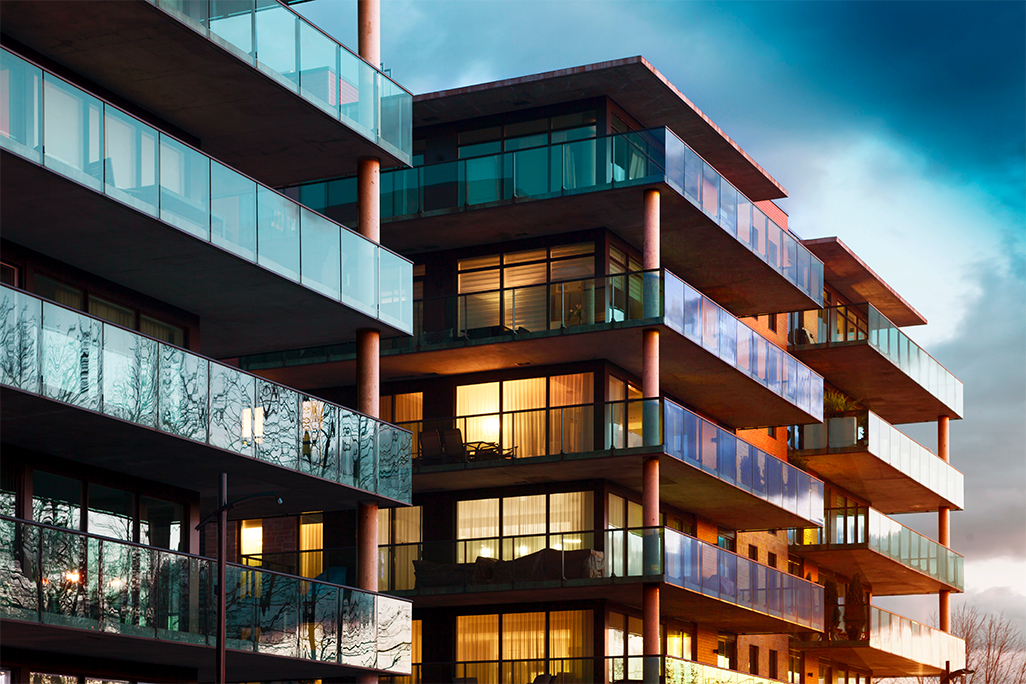Recent case highlights need for further guidance on what constitutes a high-rise building in England
Published on 19th June 2025
Court that decided that a roof-top garden was a 'storey' for building safety purposes exceeded its jurisdiction

In the recent case of Monier Road Limited v Nicholas Alexander Blomfield and other Leaseholders (2025), the Upper Tribunal considered an appeal against a remediation order made by the First Tier Tribunal (FTT) under the Building Safety Act 2022 (BSA). A remediation order requires a landlord to carry out works to remedy building safety defects.
Under the BSA and the Higher-Risk Building (HRB) Regulations, a higher-risk building is a building of at least 18 metres in height or has at least seven storeys. If a building meets the definition of a higher-risk building, it will be subject to the more stringent regime under the BSA.
Disparity with guidance
In the initial decision, the FTT considered the issue of whether a rooftop garden is considered to be a storey. Although the FTT acknowledged it lacked jurisdiction to determine if the building was higher-risk, it expressed the opinion that the rooftop garden counted as a storey, making the building seven storeys high and therefore a higher-risk building (see paragraphs 67-69 of the judgment).
This decision ran contrary to previously published government guidance, which explicitly stated that open rooftops (for example rooftop gardens) are not considered storeys and should not be included when calculating the number of storeys or height of a building.
As a result of this disparity in guidance, the Ministry of Housing, Communities and Local Government and the Building Safety Regulator are currently reviewing the views of the FTT to establish whether rooftop gardens should be classified as a storey. They note that, "in the meantime, the sector and regulatory bodies should continue to refer to existing government guidance".
The appellant appealed against the remediation order made by the FTT on the basis that it went outside of its remit by raising additional concerns which were not specified in the leaseholders' application or the expert reports. The Upper Tribunal found that the FTT had exceeded its discretion, as the BSA does not require the FTT to conduct a building safety audit. The tribunal re-made the remediation order to exclude the additional items.
However, industry will be disappointed that the Upper Tribunal did not express a view as to whether a rooftop garden should be considered a storey under the BSA or the HRB Regulations.
Osborne Clarke comment
As the regulator, government and courts grapple with the plethora of building safety requirements, processes and resourcing challenges, industry is hoping that more clarity in a number of areas will emerge soon.
Indeed, this year brings several building safety developments, including the Building Safety Levy expected in autumn. Recently, the Supreme Court handed down its long-awaited landmark judgment in URS Corporation Ltd v BDW Trading Ltd, which brings welcome clarity and good news for housing developers who have sought to remedy building defects proactively.
However, Monier Road demonstrates that there is still a significant amount of uncertainty about how building safety law and regulation should be interpreted. Until the government clarifies whether it will legislate to clarify the position, industry is in a difficult position to determine how the BSA should be applied in practice and will need to stay abreast of developments on this point.
This Insight was written with the assistance of Jessica Sawford.




